
Estimated reading time: 9 minutes
Don’t be that dude. You know that dude at public ranges with his dude-ified AR15 topped off with some dude muzzle device that he thinks looks badass, but he has no idea what the device does except ripple the finish on your 1911 from the sideways concussion or the noise from the blast makes your ears bleed. Don’t be that dude, know what muzzle device you need and what it does because a muzzle brake, compensator, flash hider, or concussion reduction device do different things.
Table of contents
Depending on how you use your AR, either a muzzle brake, compensator, or flash hider is appropriate. I won’t get into suppressors today, because that is a whole other ball of wax. And concussion reduction devices can play nice in the sandbox with other shooters. Let’s take a look at each type of AR15 muzzle device to determine which one is right for your application be it hunting, competition, plinking or home defense.
Available on GunsAmerica Now
What Does A Flash Hider Do?
A tremendous amount of flash from burning gas is generated when you fire a 223/5.56 round. The shorter the barrel on your AR, the more flash generated. That flash can have a blinding effect to the shooter especially in low light conditions. Like getting a blast in the face with high lumen tactical light. A flash hider reduces the fireball at the muzzle from a shot that can impact the shooter.
A secondary function of a flash hiders is to reduce flash signature so you don’t spook coyotes if you are varmint hunting nor does it give away your position to a bad actor in a defense situation. Significantly reducing muzzle flash, also means that your night vision does not need to be constantly readjust. Bottom line is flash hider helps the user keep their situational awareness.
Flash hiders work by dispersing the burning gases that follow the bullet out of the barrel. Old-school M16 were originally fitted with a flash suppressor that was nicknamed the “duckbill” flash suppressor because of the prongs looked like a duckbill. The prongs directed the gas to the sides. They also helped eliminate the bright flash of light after a shot is fired. Flash hiders are also used as suppressor mounts.
Common Flash Hiders
Common flash hiders have three or four prongs. Strikes Industries Cloak is a compact four-prong flash hider with separated points that is designed to eliminate gas combustion with instant air flow. The aggressive style definitely has the cool factor and it nearly eliminates 100 percent of muzzle flash. The Cloak flash hider conveniently works with Strike Industries Oppressor, a concussion reduction device, which is another type of muzzle device we’ll get into in a bit.
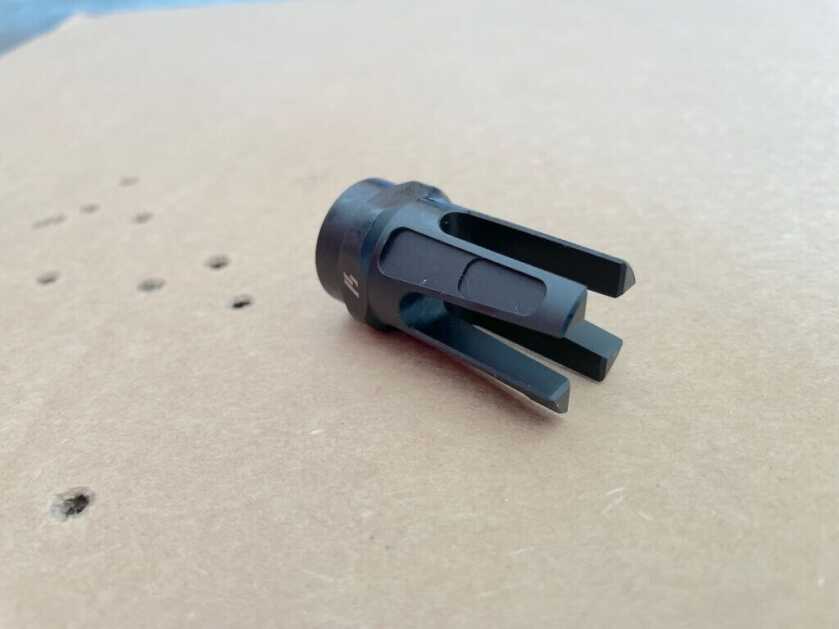
Another type of flash hider is a closed prong design like the M16A2 “birdcage” design, which actually works like a compensator. The “birdcage” design has a ring around the front of the prongs to prevent environmental stuff from snagging in the prongs. Original “duckbill” flash hiders easily caught on vegetation in the jungles go Vietnam. The bottom side on the “birdcage” is closed, which makes it act like a compensator, which leads us to compensators.
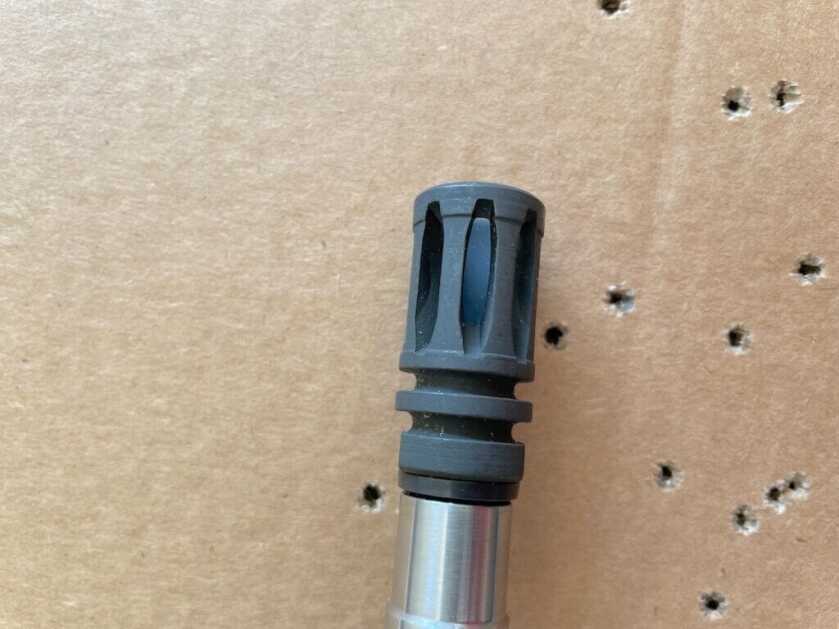
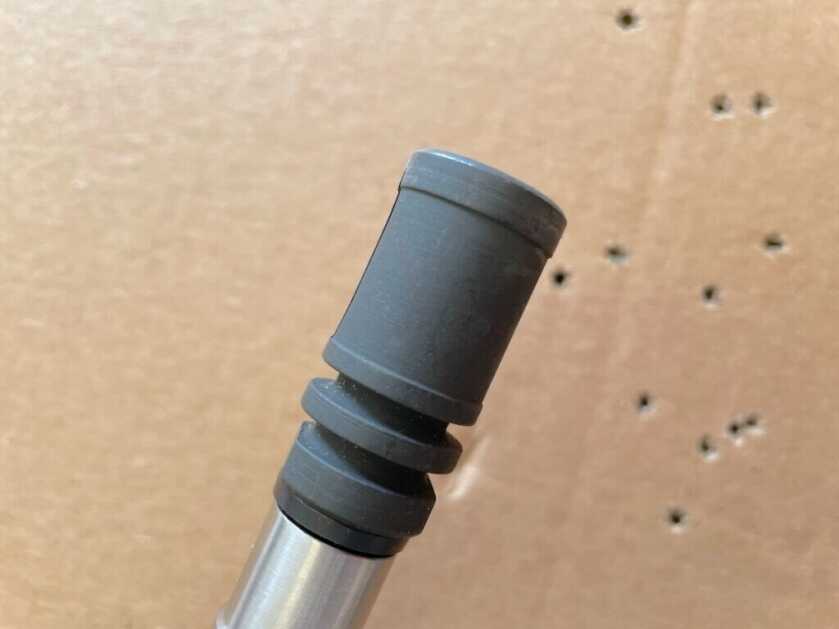
Muzzle Brake vs Flash Hider
Compensators, flash hiders, and muzzle brakes all serve different purposes. While flash hiders reduces muzzle signature, compensators and muzzle brakes both reduce recoil and muzzle flip. If you want to reduce recoil then a muzzle brake or compensator is your option.
What’s The Difference Between A Compensator and a Muzzle Brake?
While both compensators and muzzle brakes serve the same purpose of reducing recoil, these muzzle devices do it differently. Compensators do it by directing burning gas upward creating a downward force on the barrel to reduce muzzle flip. Muzzle brakes generally have larger ports that direct gas to the left and right. It’s all based on Newton’s Third Law: “To every action, there is always opposed an equal reaction.”
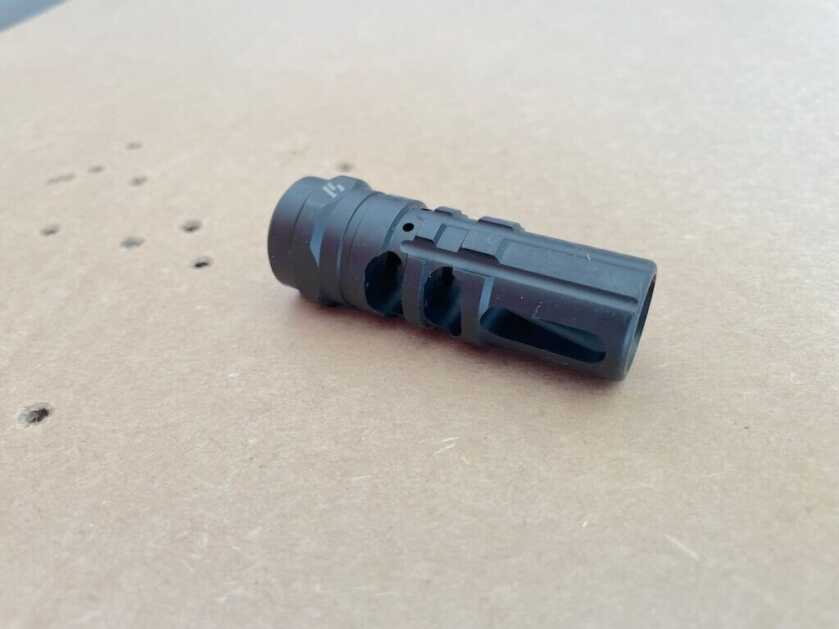
The JCOMP Gen2, also from Strike Industries, is designed with multiple ports to reduce muzzle rise. It also allows you to make a 14 ½-inch barrel 16-inches. The JCOMP is long enough to make a 14 ½-inch barrel legal and comes pre-drilled hole for pin and welding.a
A comp or muzzle brake is designed to exhaust and direct the burning gases upward causing a reciprocal force downward. How this impacts you is the an AR15 equipped with a comp or muzzle brake will have less muzzle flip so you get back on target faster for follow-up shots.

Adding a muzzle device does not change the muzzle velocity of the bullet existing the barrel.
Certain muzzle brakes and comps can be obnoxiously loud and blow concussion the sides. Concussion reduction device are designed to work with muzzle brakes and comps to make you a better friend to your neighbors on your sides at the range.
Concussion Reduction Devices
A concussion reduce device might be better understood as a blast forwarding device. In general, they are a sleeve that slides over the muzzle brake with an open end that redirects gases forward toward the target there by reducing side concussion.
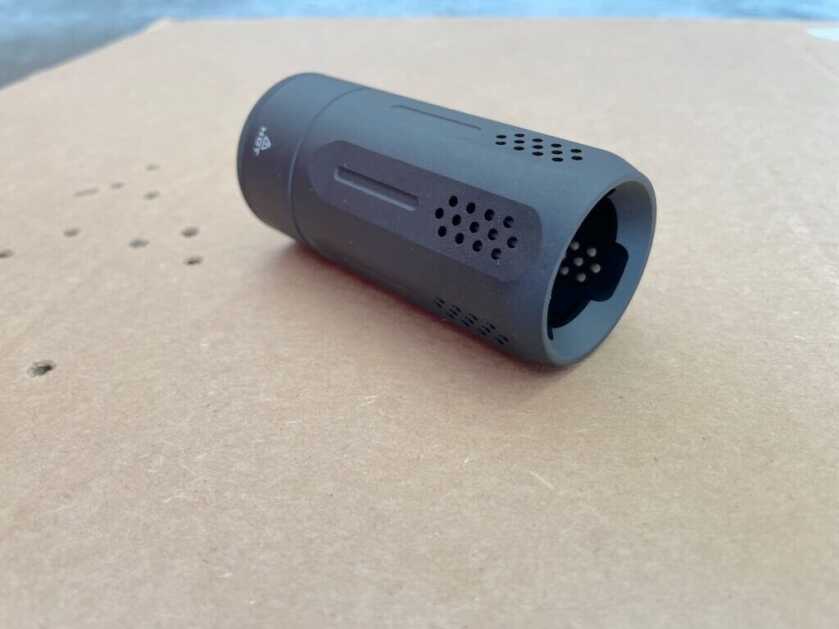
An example is the Strike Industries Oppressor. The Oppressor slides over a comp or muzzle brake. There are models that are compatible with Strike Industries comps and models that come with a tri-lug adapter that you place behind a non-Strike Industries device making it compatible with a huge number of muzzle devices on the market. Internal geometry of the Oppressor actively pushes the gasses out and forward through vents. This does two things; reduces side concussion and provides more to linear braking so there is even less muzzle flip than using a comp or muzzle brake alone. The Oppressor use a proprietary quick detach mounting system.
How To Install A Muzzle Device On An AR15
Installing a muzzle devices on an AR15 is simple. Tighten up your barreled upper receiver into a vice. A vice is important since you need to torque down the muzzle device.
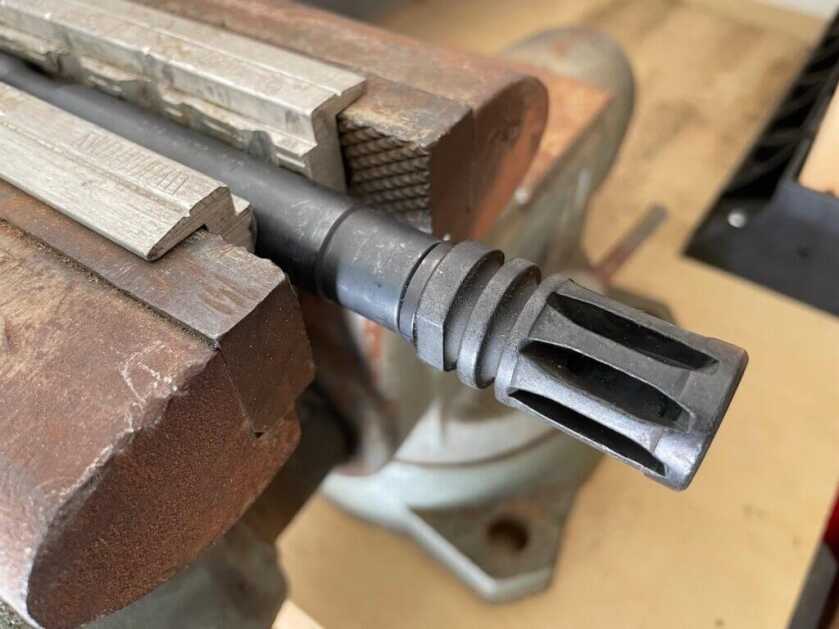
Place a crush washer over the muzzle threads with the concave or cupped side facing the muzzle. One thing to note is that crush washers are single use only. Once a crush washers has been tightened down on they are effectively “crushed” and cannot be reused. Next, hand thread the muzzle device on to the barrel by turning it clockwise until hand tight. Use the proper wrench to continue to turn the muzzle device clockwise until is it tied or oriented correctly. The crush washer will crush as the muzzle device is tighten.
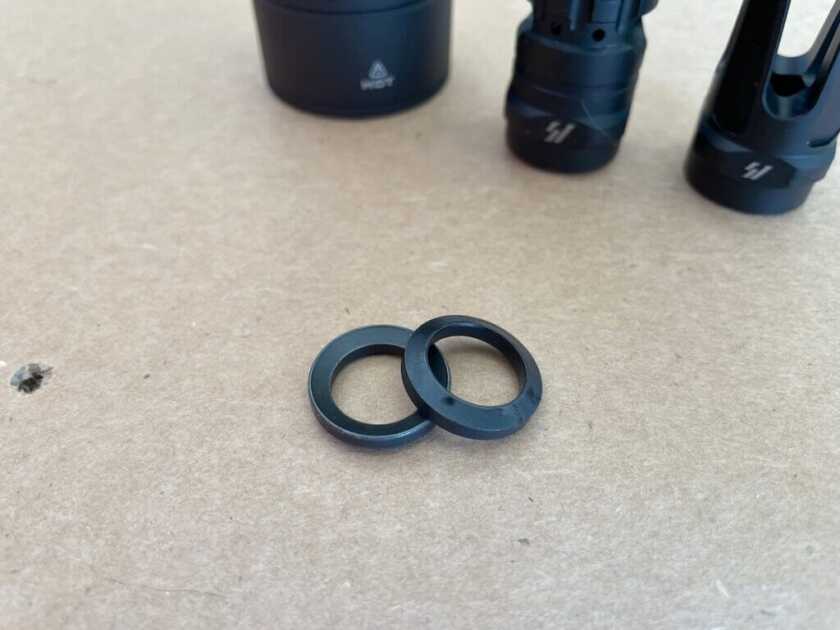
READ MORE: SIG Sauer’s New Remote Weapon Belt Fed MG Is Terrifying!
Continue rotating the muzzle device in small increments until the 12 o’clock position on the muzzle device, most muzzle devices have a tick mark at the 12 o’clock position. Align this to a reference point on the upper like the gas block, assuming the gas block is properly installed.
Is A Muzzle Device On An AR15 Worth It?
The biggest advantage of a muzzle device like a muzzle brake or a comp is a reduction in muzzle flip and recoil. The consensus is that a muzzle brake or comp can help reduce recoil by 50 percent. Less recoil is always better than more recoil.
*** Buy and Sell on GunsAmerica! ***




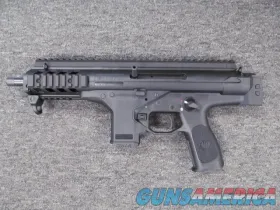
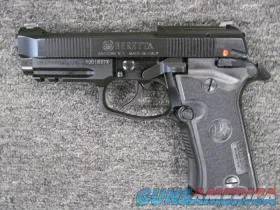
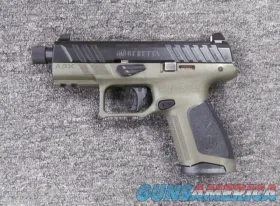

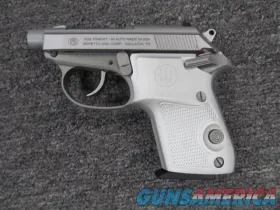

I’d recommend checking out an Ultradyne muzzle brake (https://ultradyneusa.com/product-category/all-products/muzzle-brakes/). Been pretty impressed with the Apollo Max. Looks to be a combo of a linear comp and muzzle brake.
I have a great love of linear compensatory. they direct a large portion of the blast downrange away from you and your neighbors. I recommend kaw valley